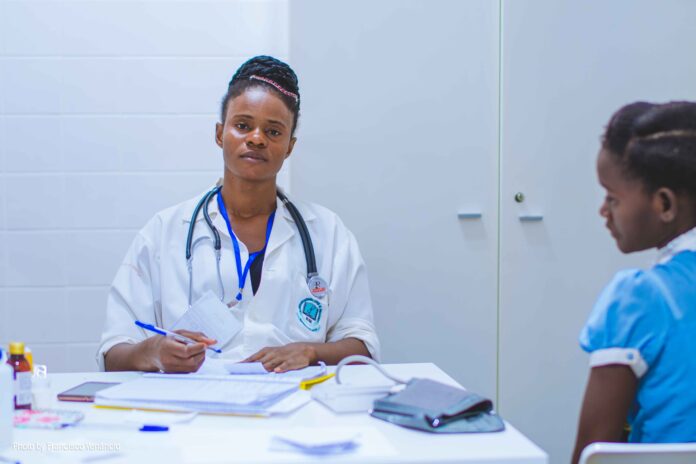Newswise – “The new virus originating from Wuhan is the third coronavirus that has made the ‘jump’ from animals to humans,” explains Enrico Bucci, Ph.D., professor and research scientist at the Sbarro Health Research Organization (SHRO), at Temple University in Philadelphia. “We witnessed SARS, which infected 8,000 people between 2002 and 2003 and killed 775; and then the Middle East coronavirus, MERS, which from 2012 to 2019 counted 2,500 cases and 858 deaths, mainly in the Arabian Peninsula,” says Bucci.
Bucci is part of an international team of clinicians that has published an editorial in the Journal of Thoracic Oncology, titled “Coronaviruses: Facts, Myths and Hypotheses.” The editorial focuses on several challenges for the international public health community attempting to halt the spread of the disease.
The novel coronavirus is called severe acute respiratory syndrome coronavirus 2, or Sars-CoV-2. The disease it causes is called COVID-19 (“CO” corona, “VI” viruses, “D” disease and “19” indicates the year in which it occurred). The most common symptoms include fever, cough, breathing difficulties, and is therefore very similar to those of a seasonal flu; however, they are caused by different viruses, and in case of suspicion of Coronavirus, it is necessary to carry out laboratory tests to confirm the diagnosis.
Transmission occurs through direct contact or through respiratory droplets. The symptoms, similar to the flu, include fever and cough in less severe cases, and in more severe cases progress to pneumonia, acute respiratory syndrome, kidney failure, and potentially, death.
“The worrying element of COVID-19 is the severity of the involvement of the lower respiratory tract, causing the cases of pneumonia that lead to the majority of deaths so far,” Bucci says.
“The goal of this article is to further advance medicine’s understanding of the origin, spread, and diagnosis and treatment of COVID-19,” says Bucci. “In the end, the outcome of the study will benefit medicine and patients throughout the world, underscoring the value of team-work and international collaborations in medical research,” concludes Bucci.
Virus incubation is defined as the period between the first infection and the development of clinical symptoms which is currently estimated between 2 and 11 days, up to a maximum of 14 days. These types of infections are more easily transmitted in closed areas and through close contacts, less than two meters away and the incidence of death is higher among patients over sixty-five and patients with chronic diseases, due to their lower ability to fight the infection. At present, more than 93,000 coronavirus positive cases have been confirmed worldwide, more than 50,000 of which have recovered. The virus spread quickly in China and on almost all continents. For comparison to other pandemics, the World Health Organization (WHO) reports that, worldwide, the influenza virus affects between 5 and 15% of the adult population every year (i.e. from 350 million to 1 billion people), characterized by an incidence range rises to 20-30% in children. These annual epidemics are estimated to result in about 3 to 5 million cases of severe illness, and about 290,000 to 650,000 respiratory deaths. To date the coronavirus mortality represents 3-4% (according to data derived from China). The Middle Eastern Coronavirus Epidemic, “Mers”, registered 2494 cases with 858 deaths, with a lethality rate of 34.4%. The Ebola virus, which is still ongoing in the Democratic Republic of the Congo, at present represents a public health emergency correlated to a lethality rate of around 50%.
The coronavirus influenza treatment is similar to serious cases of flu, but specific drugs or vaccines do not yet exist. In addition, as well as for the flu, treatment does not include antibiotics because these drugs are only useful for bacterial complications. Putting the country in lockdown will hopefully quell the aggressiveness of this disease and save more lives than if the population carried on as normal, however, the country must look to the future and how it will prepare itself for a lockdown release. Going onto websites like The Good Men Project can help inform and advise those who are not sure of what next steps to take and need some assistance as lives have been altered from this.
About the Sbarro Health Research Organization
The Sbarro Health Research Organization (SHRO) is non-profit charity committed to funding excellence in basic genetic research to cure and diagnose cancer, cardiovascular diseases, diabetes and other chronic illnesses and to foster the training of young doctors in a spirit of professionalism and humanism. To learn more about the SHRO please visit www.shro.org
Story Credits To:
Photo Credits To:
Francisco Venâncio via Unsplash.com



































